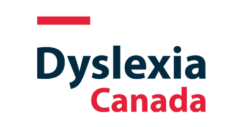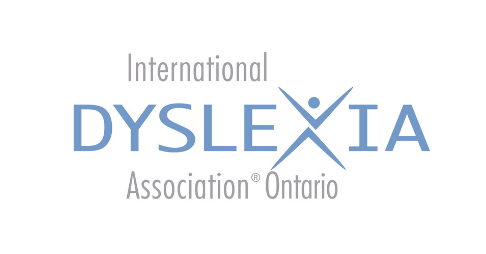Primary Reading Simplified: A Practical Guide to Classroom Teaching & Whole-School Implementation
« Primary » in the UK corresponds approximately to K-6 in Ontario, and Junior teachers may especially appreciate chapters on Extended Reading, Close Reading and Fluency Reading routines in the classroom. School leaders will also benefit from tips on broader implementation of an evidence-based approach to reading.



